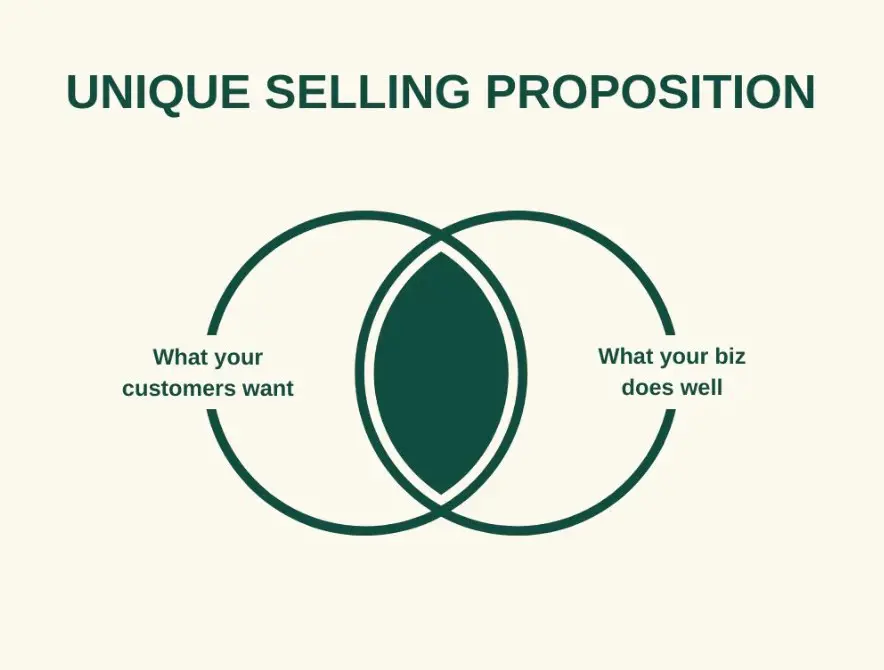MARKETING
Is your unique selling point working for you?

With a total area of one square mile, Cawker City, Kansas, isn’t exactly a hub of commerce. How did this small town become a tourist destination with little more than an airport, a few schools and some restaurants?
In addition to being the home of 457 residents, Cawker City is the home of the world’s largest ball of twine. This distinction has earned Cawker City a place in travel magazines and tourist sites—not because it’s the most expensive or difficult attraction, but because it’s unique.
You may not have a giant ball of twine, but your company has a unique selling point: something that differentiates your product or service from what your competitors offer.
To identify your unique selling point, you must first identify the competitive advantages that set you apart from your peers. Once you’ve arrived at your unique selling point, communicate it to customers by delivering optimized digital experiences.
Key takeaways
- Your unique selling point is the central message of your company’s identity.
- Competitive advantages help you put your unique selling point into action.
- Communicating your unique selling point through digital experiences is easier than ever with Optimizely.
What is a unique selling point?
A unique selling point (otherwise known as a unique selling proposition) makes you different from your competition, wrapped up in a customer-facing message. A good unique selling point should speak to what your company does best as well as the things your customers need.
The best unique selling points meet several criteria:
1. Assertive
Your unique selling point should make a claim about the things you do best. When you make bold claims, be prepared to back them up—your unique selling point should be assertive yet defensible. An assertive claim is more than a generic claim of quality: it’s a way for your company to advocate for itself, so it should be specific.
2. Customer-centric
There are many unique things about your company, but not all are valuable to your customers. Your unique selling point should focus on how you meet your customers’ needs. Talk about what your customers truly care about.
3. Actionable
While unique selling points occasionally moonlight as slogans, they’re much more than that. Your unique selling point isn’t just a marketing tagline. It’s the way you do business. From the entry-level to the CEO, your unique selling point should be the way your company makes decisions: to maximize value for your customers while living up to your ideals
Types of competitive advantage
A competitive advantage is exactly what it sounds like: an advantage you have over your competitors. Your competitive advantage is the foundation of your unique selling point. Your unique selling point is the customer-facing message you use to describe the combination of your competitive advantages and values, but your competitive advantages themselves consist of the factors that give you an edge over your competition.

Competitive advantages come in many different flavors. Unlike your unique selling point, your company may have many different competitive advantages. Everything from your products, people and environment contributes to your company’s competitive advantages. Understanding these advantages is essential to distilling these strengths into a singular, unique selling point.
1. Cost-based
Companies with cost-based competitive advantages are competing on price. Big box stores like Walmart and membership warehouses like Costco have a cost advantage over their competitors. Companies can have a cost-based competitive advantage for several reasons.
Economies of scale provide a cost-based competitive advantage to companies like Amazon and Sam’s Club. By producing large amounts of inventory, the manufacturing cost per item drastically decreases, allowing large-scale companies to sell products for less than their competitors.
Another factor that can impart a cost-based advantage is operational efficiency. This allows organizations to produce a product or service more efficiently than their competitors. By turning fewer resources into more, companies can take advantage of their cost-based competitive advantage.
2. Product differentiation
Companies have a differentiation advantage when they offer a product or service that other companies don’t. An example of differentiation is the auto industry. While the cars they manufacture might share fundamental similarities, they aren’t identical products. That means that automotive companies aren’t just competing on price. They’re competing on uniqueness.
Differentiation advantage is not all-or-nothing. To some consumers, a burger is a burger, but to others, the flavor of an Impossible Whopper makes it a uniquely competitive product. Differentiation makes the product or service you offer different from the products or services others offer.
3. First mover
While being the first business to occupy a market isn’t a golden ticket to success, it is a significant competitive advantage.
There are several reasons being a first mover is a serious advantage. First, it establishes brand recognition. Customers are loyal to brands, and this brand loyalty is hard to win when customers already recognize your competitor.
Another reason the first mover advantage helps organizations is that it gives companies a head start in developing economies of scale. A first mover advantage can also create a cost-based advantage.
4. Time-based
Time-based competitive advantages allow companies to deliver products and services faster or more conveniently than their competitors. McDonald’s is one of the pioneers of time-based advantage in food service. While some customers flock to the franchise because of the differentiated products or cost advantage, other customers come to McDonald’s for the short wait times and extended hours.
Time-based advantages often go hand-in-hand with geographical location. For example, Amazon can execute same-day delivery to some customers who live near its distribution warehouses, giving it a significant time advantage over competitors in other cities.
5. Technological
Technological advantages are one of the most relevant competitive edges for today’s businesses. In the tech-enabled business world, delivering unique digital experiences is the key to both B2B and B2C enterprises.
Technological advantages can overcome disadvantages in other areas of business. Consider Myspace’s first mover advantage in the world of social media. While this initial market share was a substantial advantage, Facebook’s technological advantage led it to take the lead in the social media market—a lead that it still maintains today as Meta.
Deliver your unique selling point with Optimizely
Your company is as unique as the people that make it up. You have specific strengths and weaknesses that let you deliver unique value that no other company can.
But for your competitive advantages to turn into sales, you must deliver your unique selling point to your customers.
Digital experience management helps you communicate your unique selling point to your customers and helps you deliver on it.
Optimizely helps companies deliver next-generation digital experiences through content management, web optimization and e-commerce support.
If you’re ready to upgrade your digital experiences and take advantage of your unique selling point, see how Optimizely can help today.










